
Science News Finding Current & Accurate Information

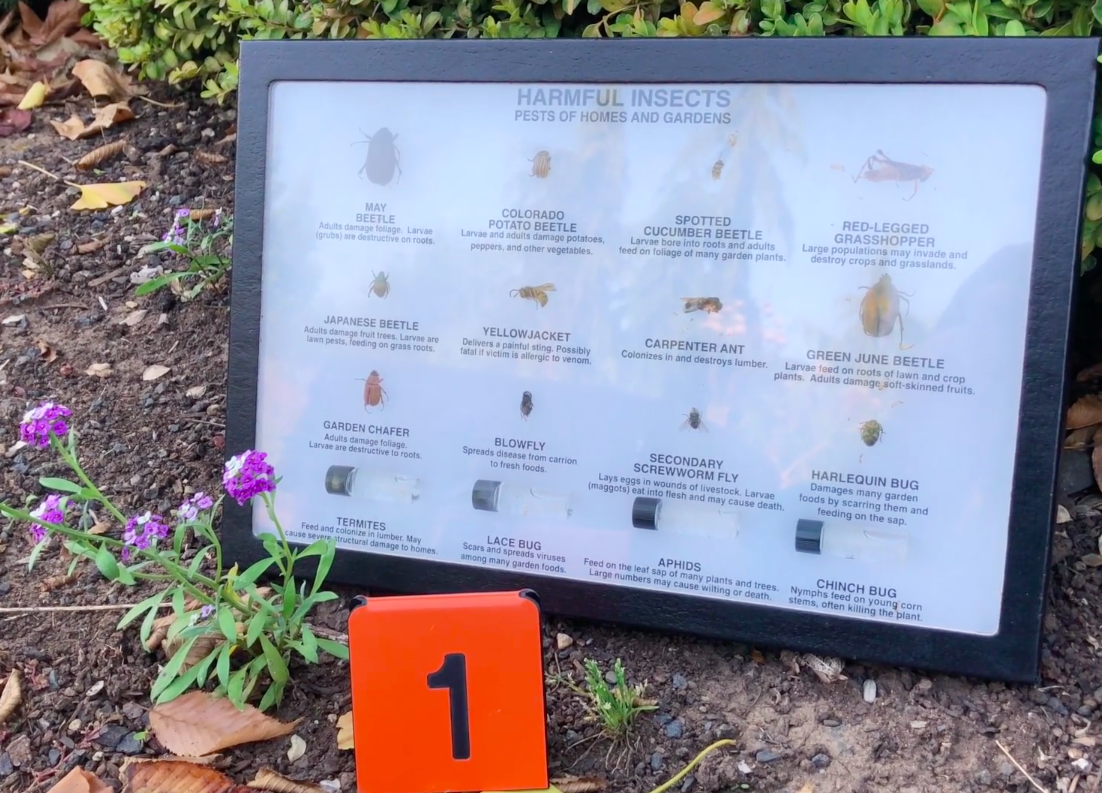
Science News Objectives
-
List characteristics of reliable sources of science news and include specific examples of these sources.
-
Indicate the characteristics of “pest” animals and describe the impacts they have on humans and human products.
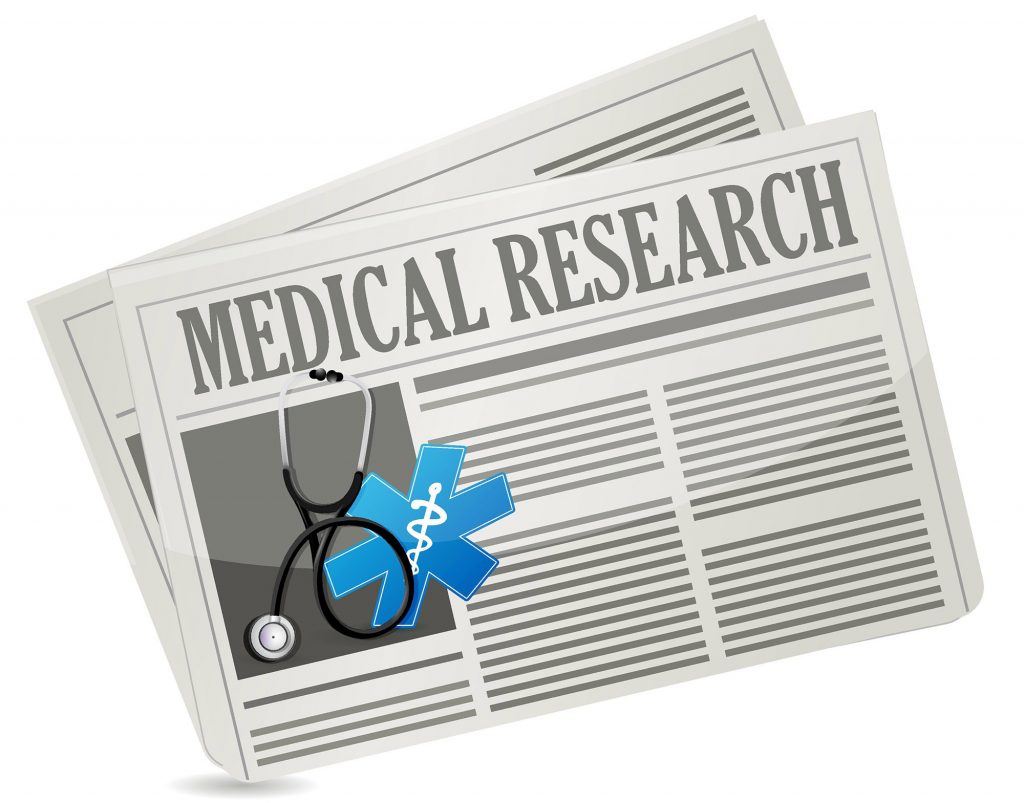
As you continue learning and using science knowledge into the future, there will be times that you want to find information on a particular topic. This could include researching the care of an animal, making a dietary choice, or considering medical treatment options. In each case you want updated and accurate information.
It is also interesting to flip through and understand the latest breakthroughs in science. To be aware when the first human is cloned or first vertebrate is resurrected from relic DNA.

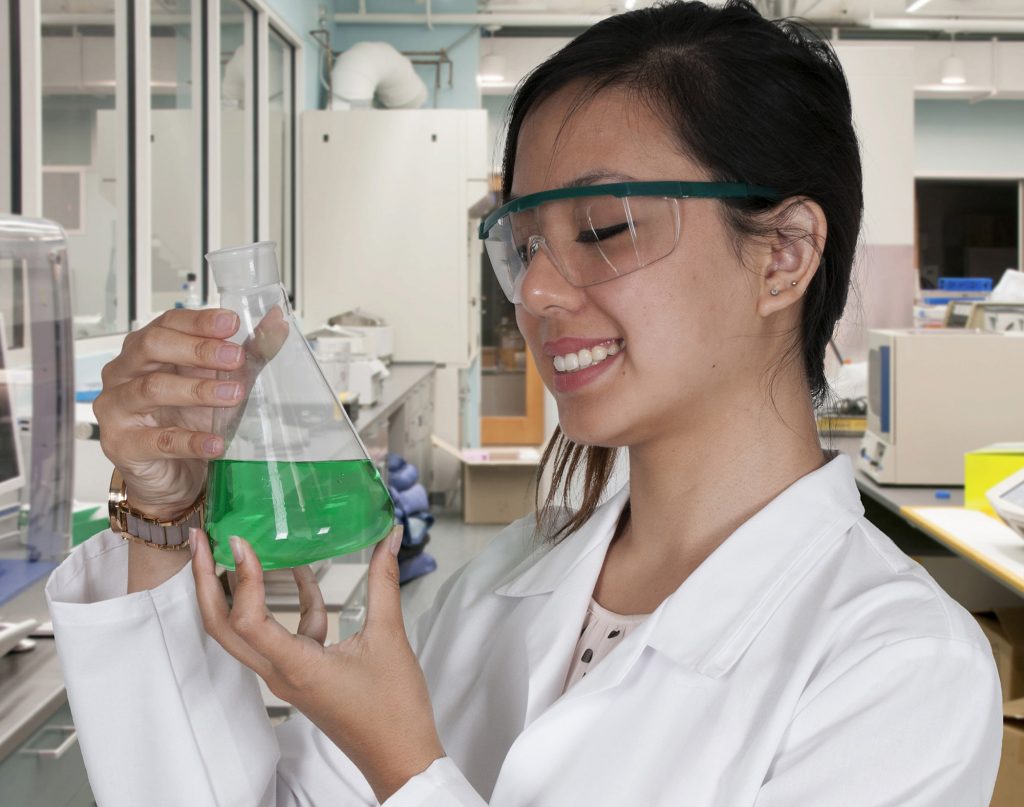
It seems like a primary source, hearing directly from a researcher, would be an advantage over a secondary source that is filtering and condensing the information. However, if you have ever asked a researcher directly about their area of study, you know they can be passionate and focused, not necessarily on your application of the research. Secondary sources can have several advantages.
Few people go to primary sources of research for science information, for good reasons.
-
Many published studies are written in a format intended for fellow researchers using field-specific jargon and data visualizations.
-
Most research studies are early in the knowledge gathering process, results are preliminary and require confirmation by further research.
-
It can be difficult to contextualize the significance of a particular research study without being widely read in the area.
-
Many peer-reviewed research journals are only available through expensive subscriptions maintained by institutions.
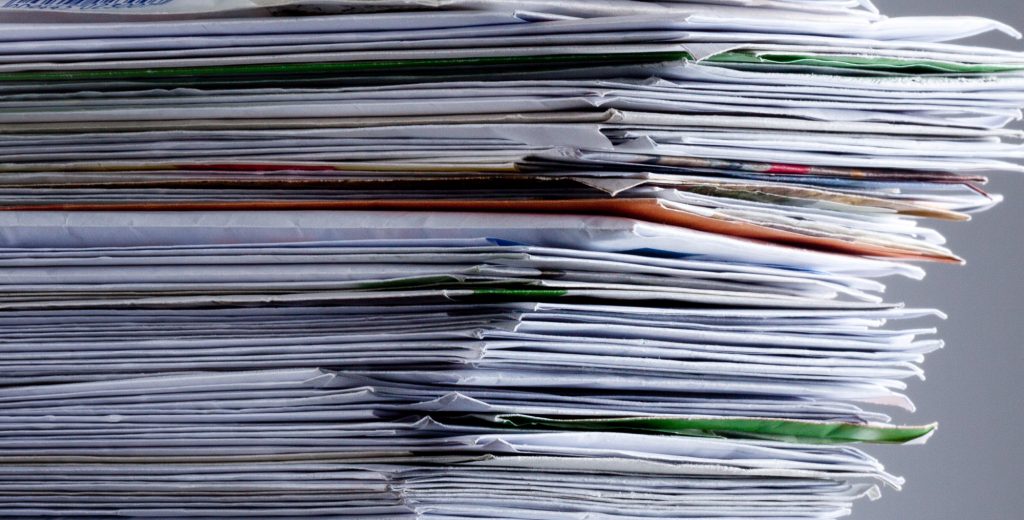

Additionally, some secondary sources employ skilled science writers, illustrators, and editors who can contextualize individual research papers, indicating which science news is worth responding to, and which is still in early stages of knowledge formation.
Characteristics of quality science news sources:
A source is worth visiting repeatedly if it has these features.
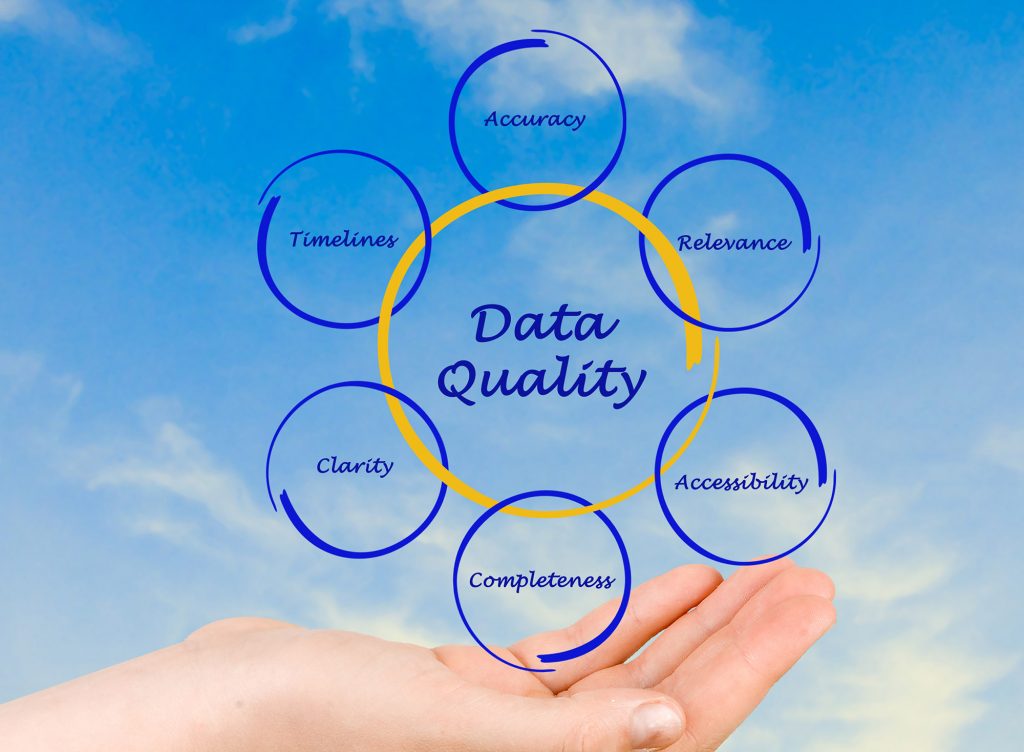
Consistent science news websites:
These sources repeatedly make top-10 industry lists for most reliable science news coverage. You may add your own favorite sources to the list.
- Nature News
- BBC News science and environment page
- Wired Science
- New Scientist
- Popular Science
- Live Science
- National Geographic
- Smithsonian Magazine
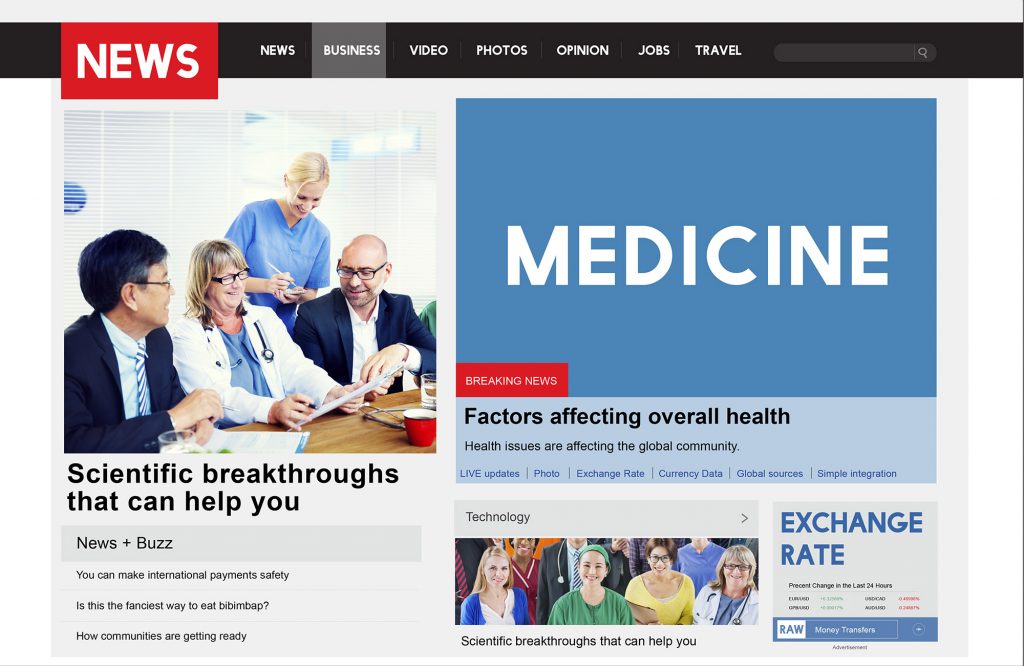
Pests
We are taking a closer look at animals that are frequently in the news, starting with “pest” species.
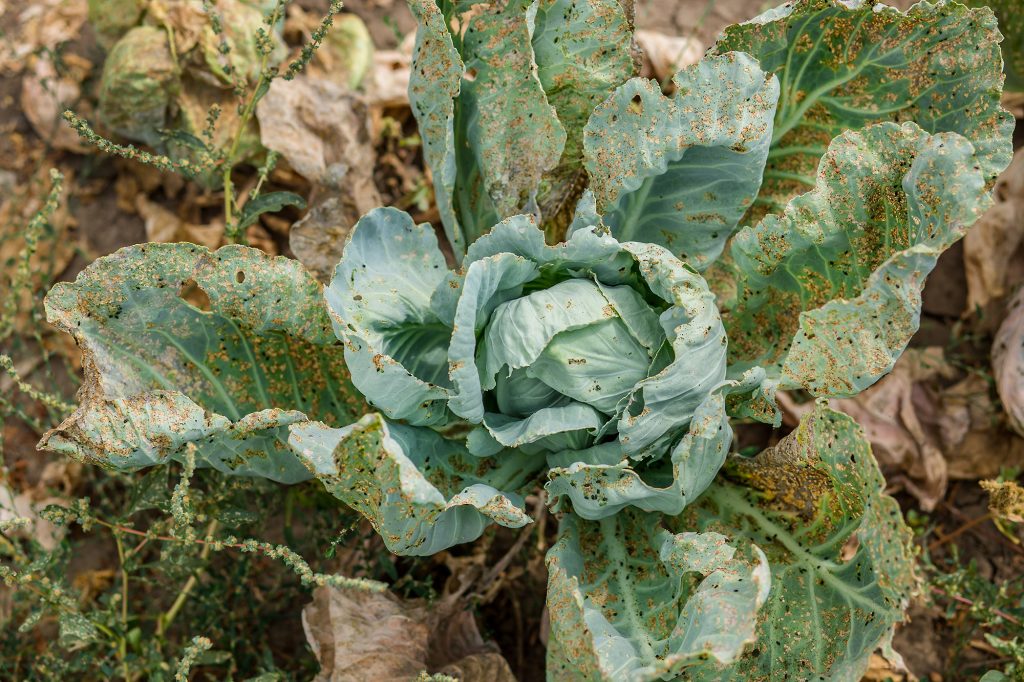
A “pest” is an animal that has a negative impact on humans, typically by damaging crops or structures. Animals that directly cause disease in humans are called parasites and will be addressed in the next section.
This cabbage plant has been attacked by different insects that eat the leaves, stem, and roots.
When considering pests is is important to keep in mind that these animals are not “choosing” their behaviors, they are innately programed and structurally suited for particular foods and habitats. They may be critical parts of the food webs in their ecosystems. Many of the insects that damage garden plants are food for songbirds.
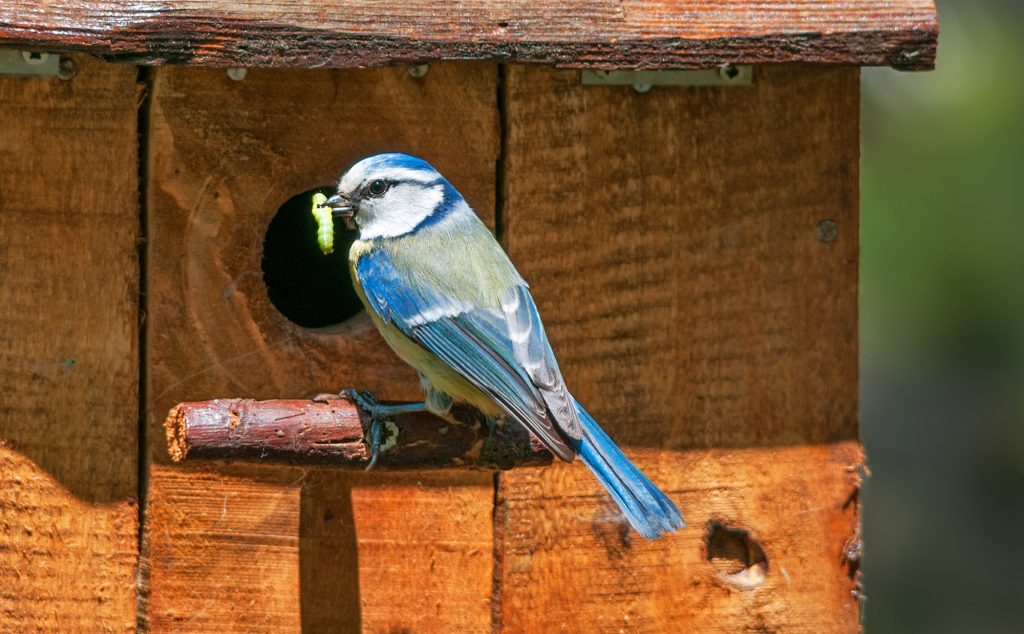
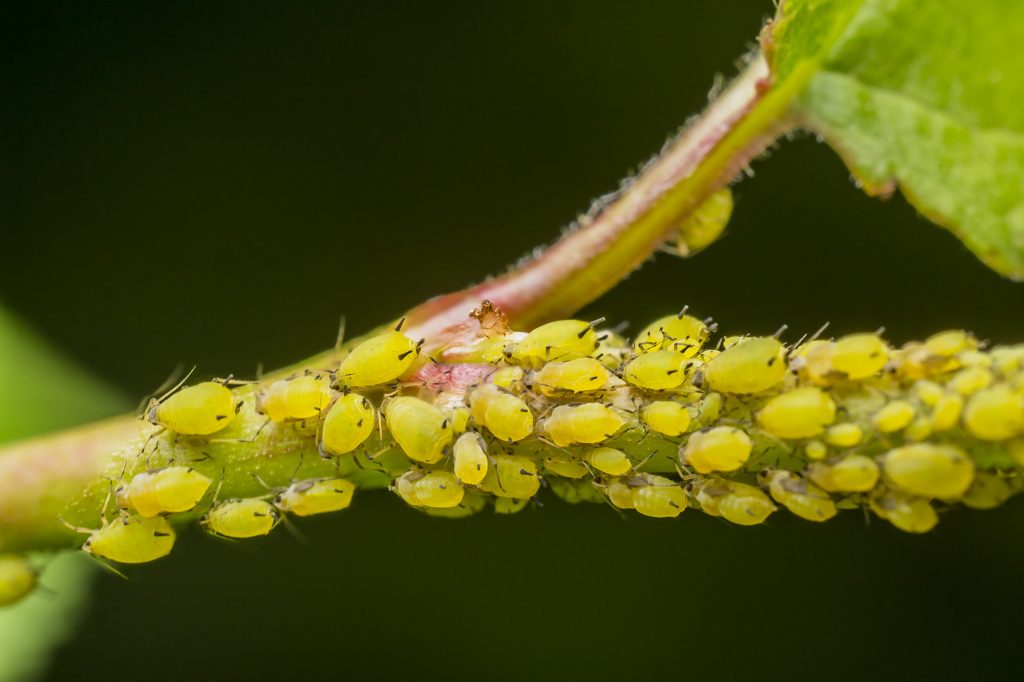
Some animals have a significant negative impact on human survival, particularly the arthropods: some are pests and some are parasites.
Aphids are true bugs (hemipterans) that consume sap from plants and can cause significant damage to many species.
Locusts, a form of grasshopper, occasionally swarm in large numbers, and can consume massive amounts of plant material. Repeat locust infestations occur in areas of the African continent where people already face starvation, in part because of the long-term droughts that are causing the locusts to swarm.
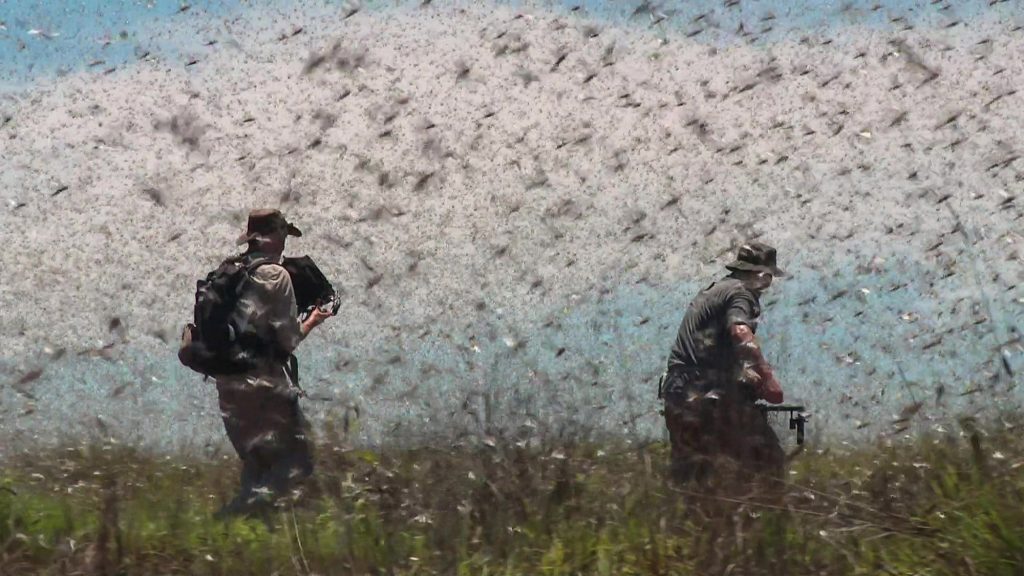
This video introduces insect pests that people are more likely to encounter around homes and gardens.
Rodents, including rats, can act as vectors transmitting diseases to humans, and also can be significant pests, particularly consuming grains.
The next section introduces animals that can directly or indirectly cause human illness.

Check your knowledge. Can you:
-
list characteristics of reliable sources of science news and include specific examples of these sources?
-
indicate the characteristics of “pest” animals and describe the impacts they have on humans and human products?



